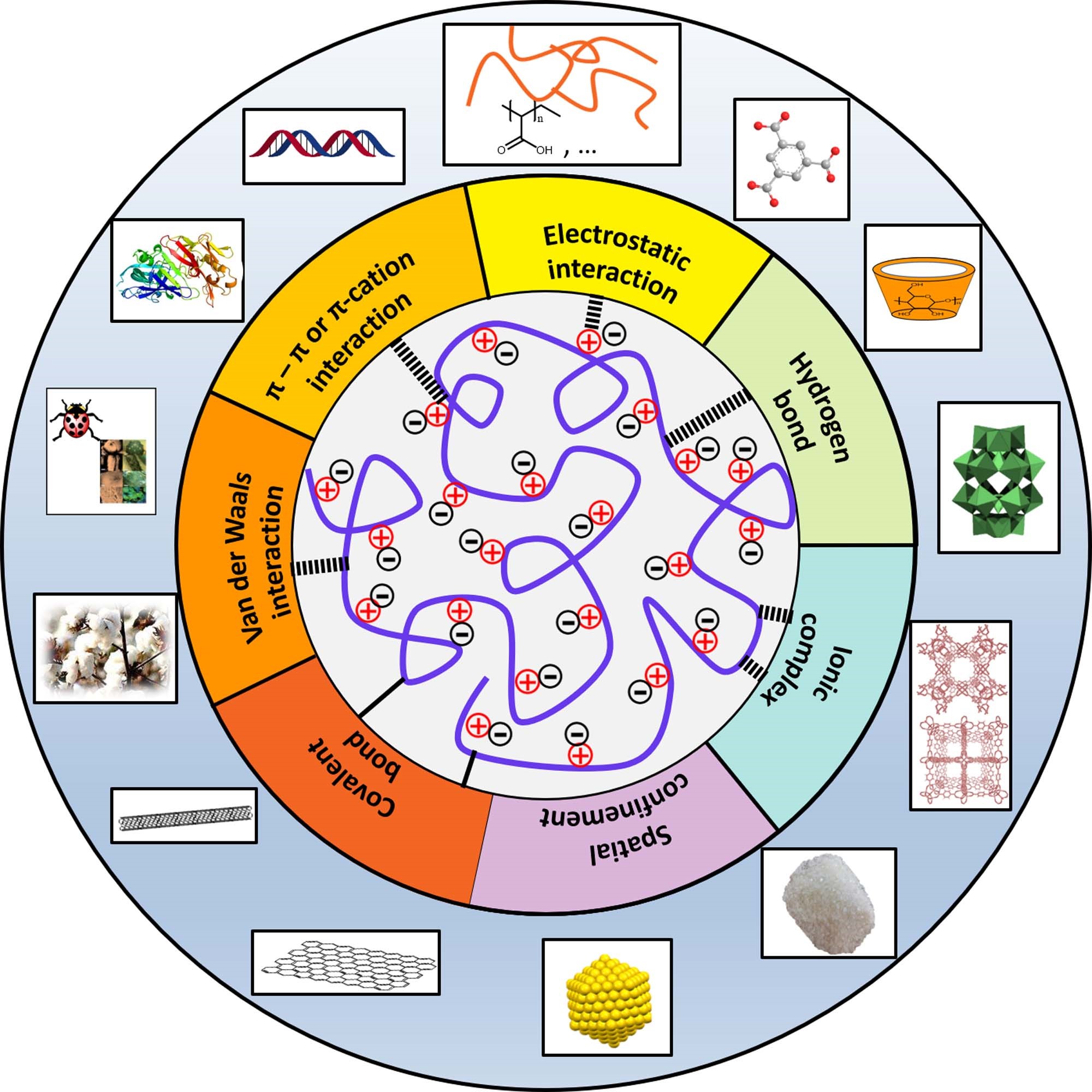ERC-CoG (2022-2027) Nanoporous Porous poly(ionic liquid)s for CO2 capture and simultaneous conversion under ambient conditions (PARIS)- details to be updated later.
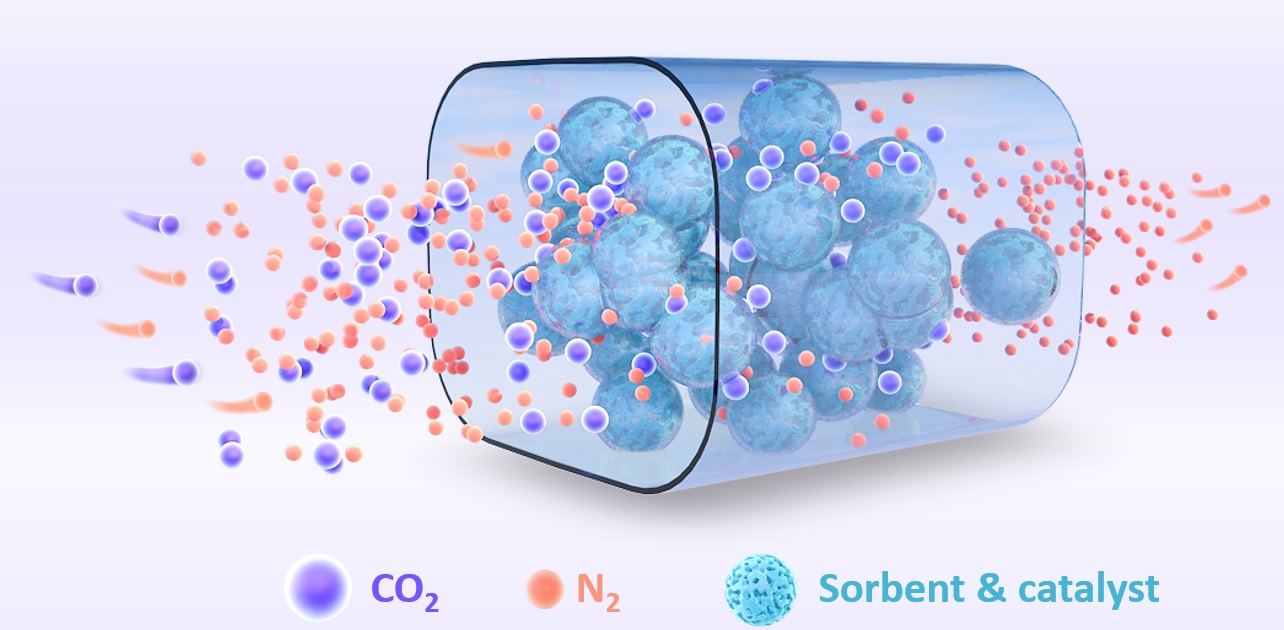
ERC-StG (2014-2021)Nanoporous Asymmetric POly(ionic LIquid) membrane (NAPOLI)
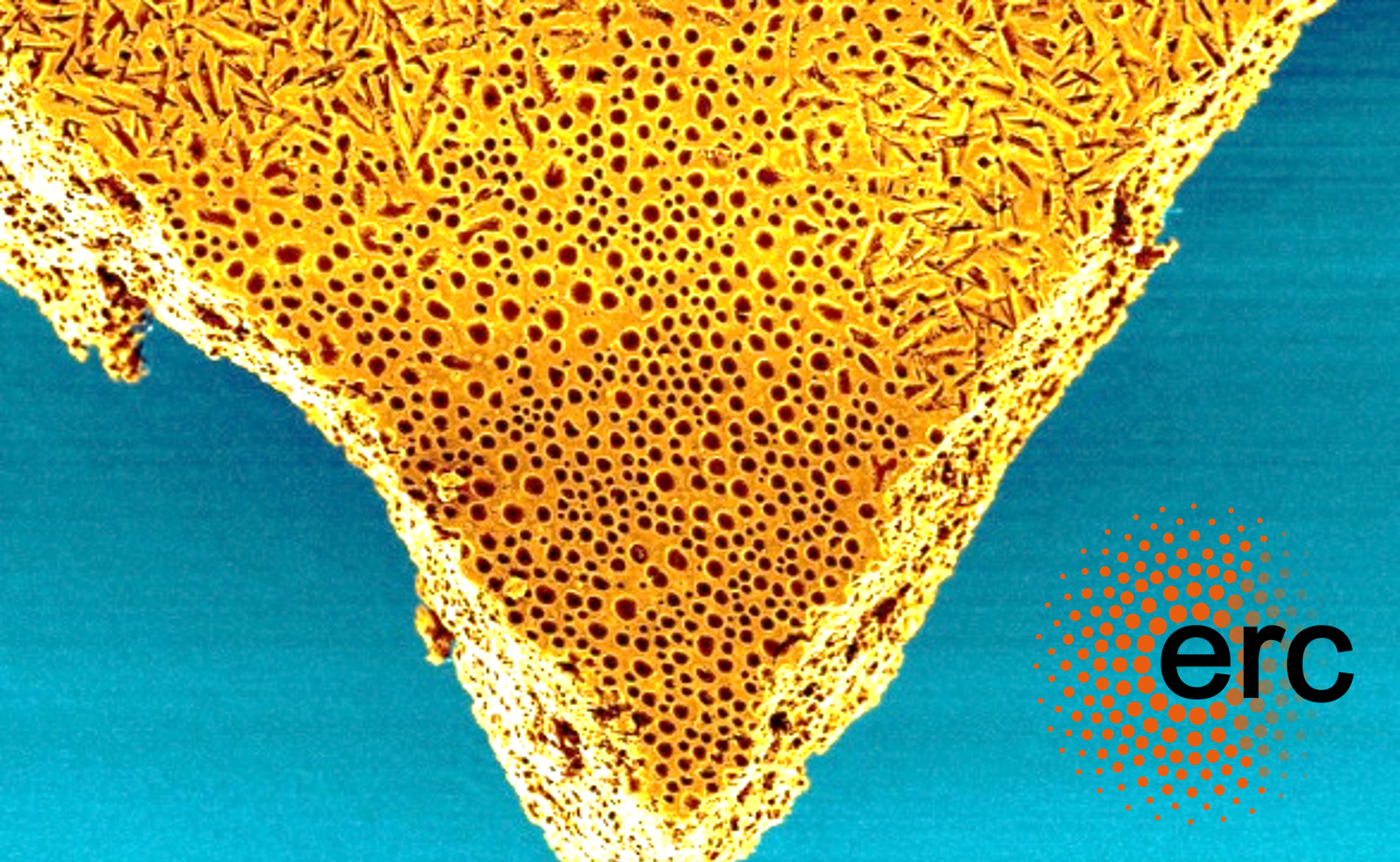
Research
Nanoporous polymer membranes (NPMs) play a crucial, irreplaceable role in fundamental research and industrial usage, including separation, filtration, water treatment and sustainable environment. The vast majority of advances concentrate on neutral or weakly charged polymers, such as the ongoing interest on self-assembled block copolymer NPMs. There is an urgent need to process polyelectrolytes into NPMs that critically combine a high charge density with nanoporous morphology. Additionally, engineering structural asymmetry/gradient simultaneously in the membrane is equally beneficial, as it would improve membrane performance by building up compartmentalized functionalities. For example, a gradient in pore size forms high pressure resistance coupled with improved selectivity. Nevertheless, developing such highly charged, nanoporous and gradient membranes has remained a challenge, owing to the water solubility and ionic nature of conventional polyelectrolytes, poorly processable into nanoporous state via common routes. Recently, my group first reported an easy-to-perform production of nanoporous polyelectrolyte membranes. Building on this important but rather preliminary advance, I propose to develop the next generation of NPMs, nanoporous asymmetric poly(ionic liquid) membranes (NAPOLIs). The aim is to produce NAPOLIs bearing diverse gradients, understand the unique transport behavior, improve the membrane stability/sustainability/applicability, and finally apply them in the active fields of energy and environment. Both the currently established route and the newly proposed ones will be employed for the membrane fabrication. This proposal is inherently interdisciplinary, as it must combine polymer chemistry/engineering, physical chemistry, membrane/materials science, and nanoscience for its success. This research will fundamentally advance nanoporous membrane design for a wide scope of applications and reveal unique physical processes in an asymmetric context.
Updates
NAPOLI is an European Research Council Starting Grant, running from 2015 to 2021. It has been successfully closed on July 31st, 2021. We end up with 73 peer-reviewed journal publications, 2 patents, and more than 100 dissemination events! More than 10 young researchers have been trained by this project in the field of materials science and membrane technology!
Our new article on " Janus-interface engineering boosting solar steam towards high efficiency water collection. " is online! It is a joint publication from STINT-funded project on clean water production from solar energy!
Energy Environ. Sci. 2021,
DOI: 10.1039/D1EE01381E.
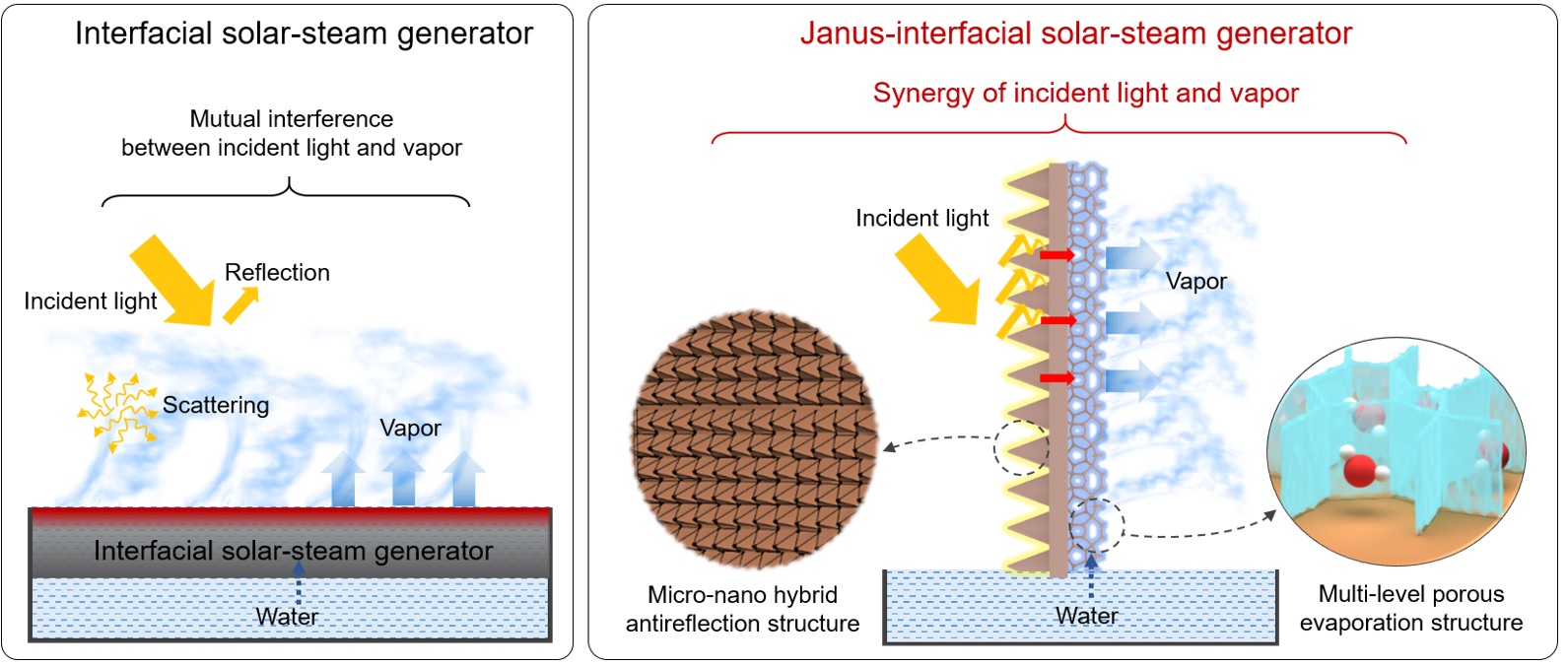

Our new article on ""Mix-Then-on-Demand-Complex": In-Situ Cascade Anionization and Complexation of Graphene Oxide for High-Performance Nanofiltration Membranes." is online! Congrats to Xiaoting and Miao!
ACA Nano, 2021,
DOI: 10.1021/acsnano.0c08308.
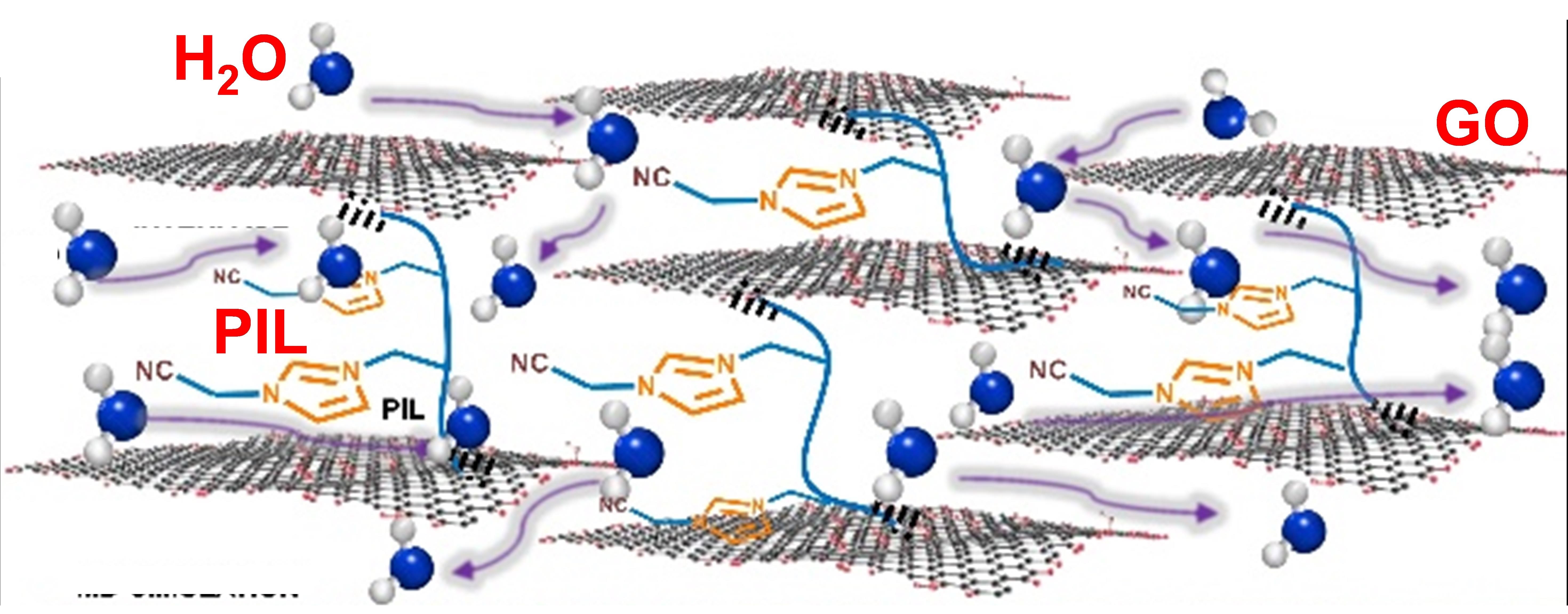

Highlgiht: we are all
healthy! image: last group ZOOM seminar in 2020 on Dec. 18.


Our review article "Advanced Heteroatom-doped Porous Carbon Membranes Assisted
by Poly(ionic liquid) Design and Engineering." is accepted! Congratulations to Yucheng!
Accounts of Materials Research , 2020,
DOI: 10.1021/accountsmr.0c00010..
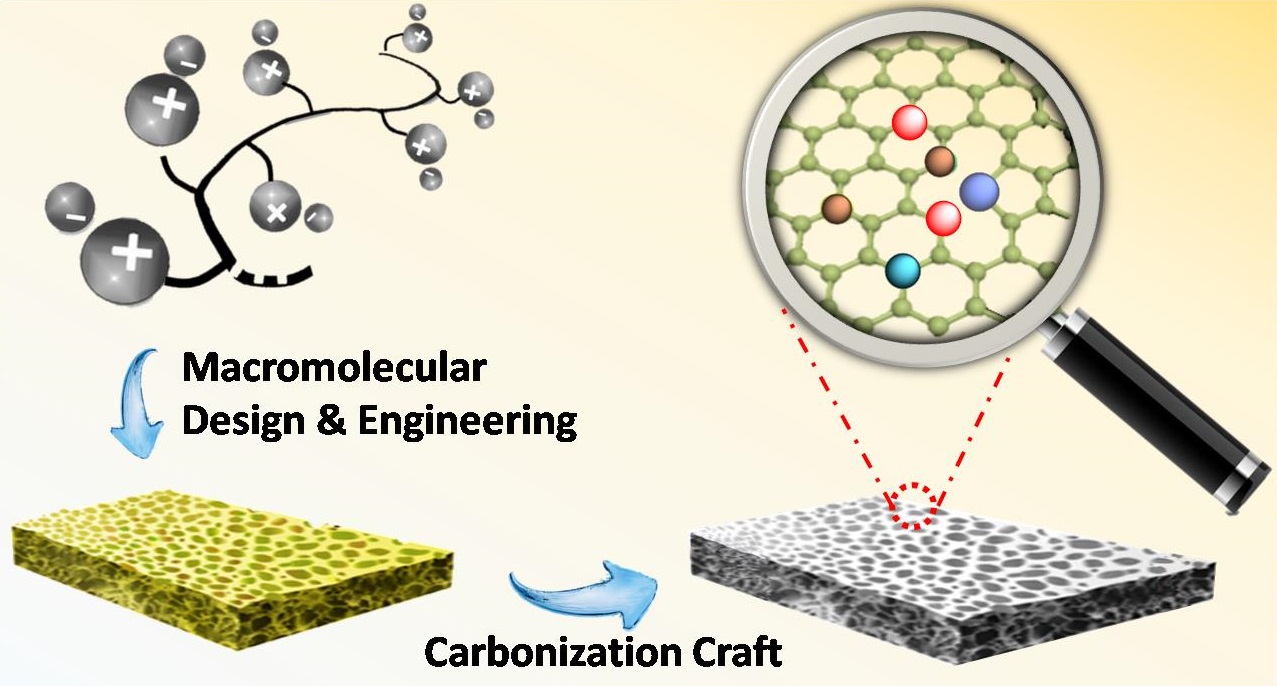

Our joint paper "Accelerating Crystallization of Open Organic Materials by Poly(ionic liquid)s" is accepted! Congratulations to Jianke!
Angew. Chem. Int. Ed. 2020,
DOI: 10.1002/anie.202008415..
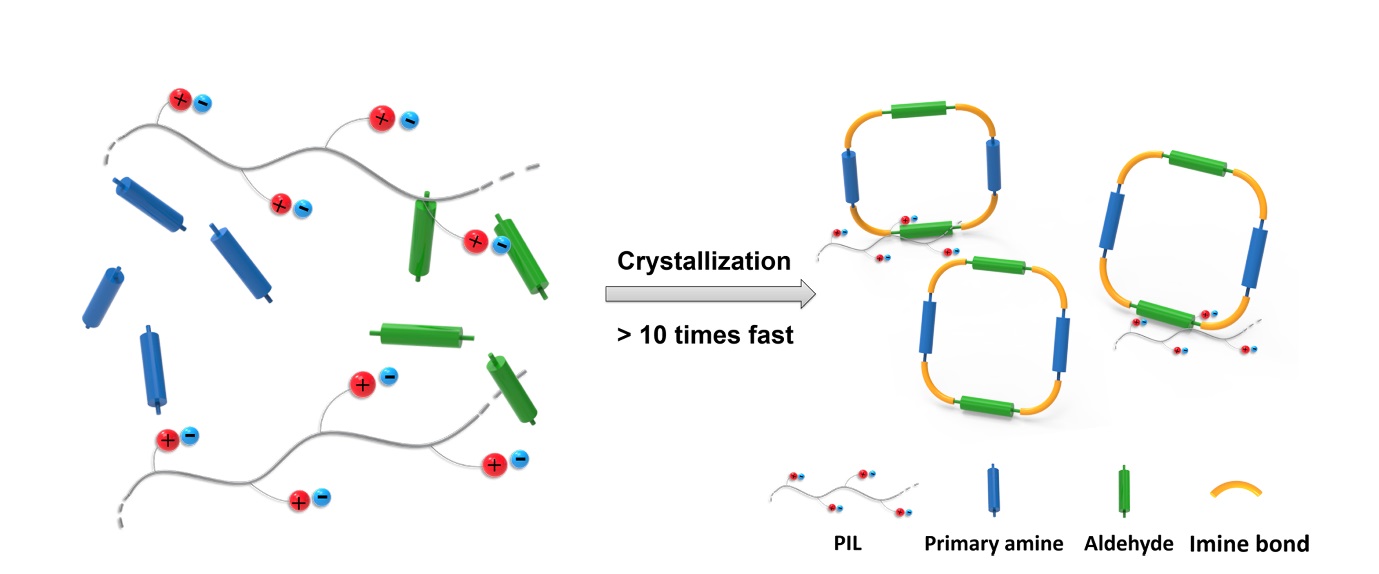

Our review paper "Polymer-derived Heteroatom-doped Porous Carbon Materials
" is online! Congratulations to Hong, Miao, and Jianke!
Chem. Rev. 2020, !
DOI: 10.1021/acs.chemrev.0c00080..
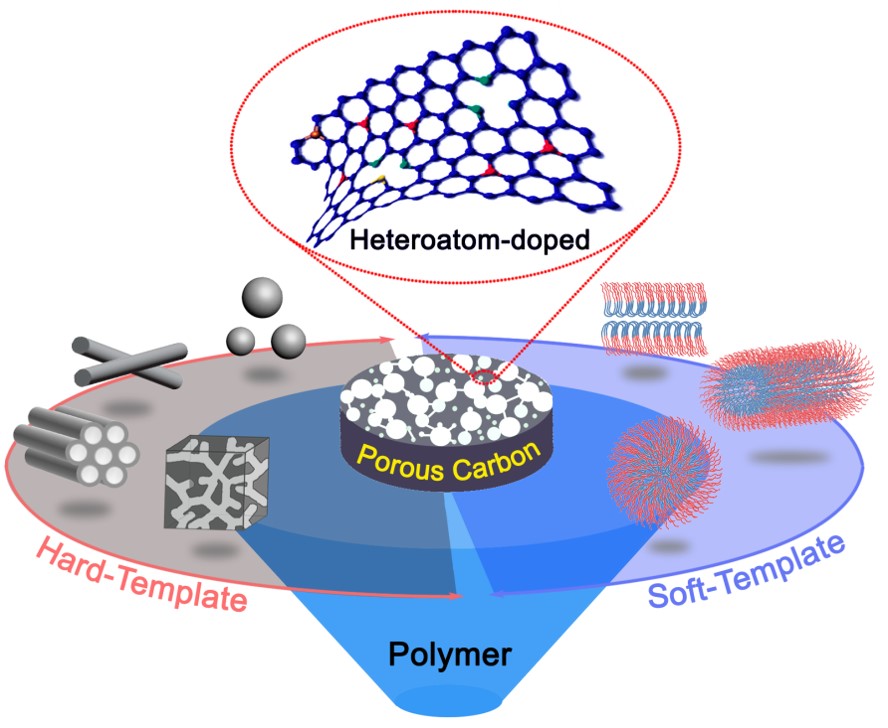

A collaboration paper "Water can Crosslink a Single Poly(ionic liquid) into Porous Supramolecular Membranes." is online. It is a new concept to produce porous ionic networks by hydrogen bonding provided by water molecules. Congratulations to Hong, Yonglei and Atefeh!
Angew. Chem. Int. Ed. 2020, !
DOI: 10.1002/ange.202002679..
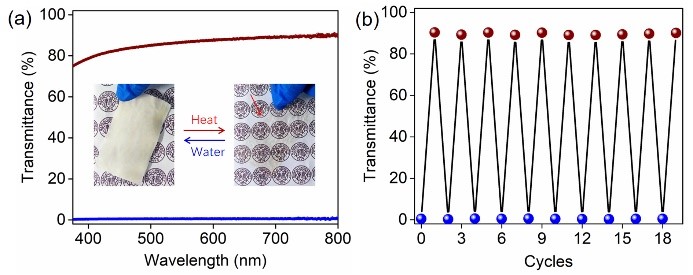

Our new review on poly(ionic liquid) composites is online! Congratulations to Jianke!
Chemical Society Reviews, 2020!
DOI: 10.1039/C8CS00938D.
